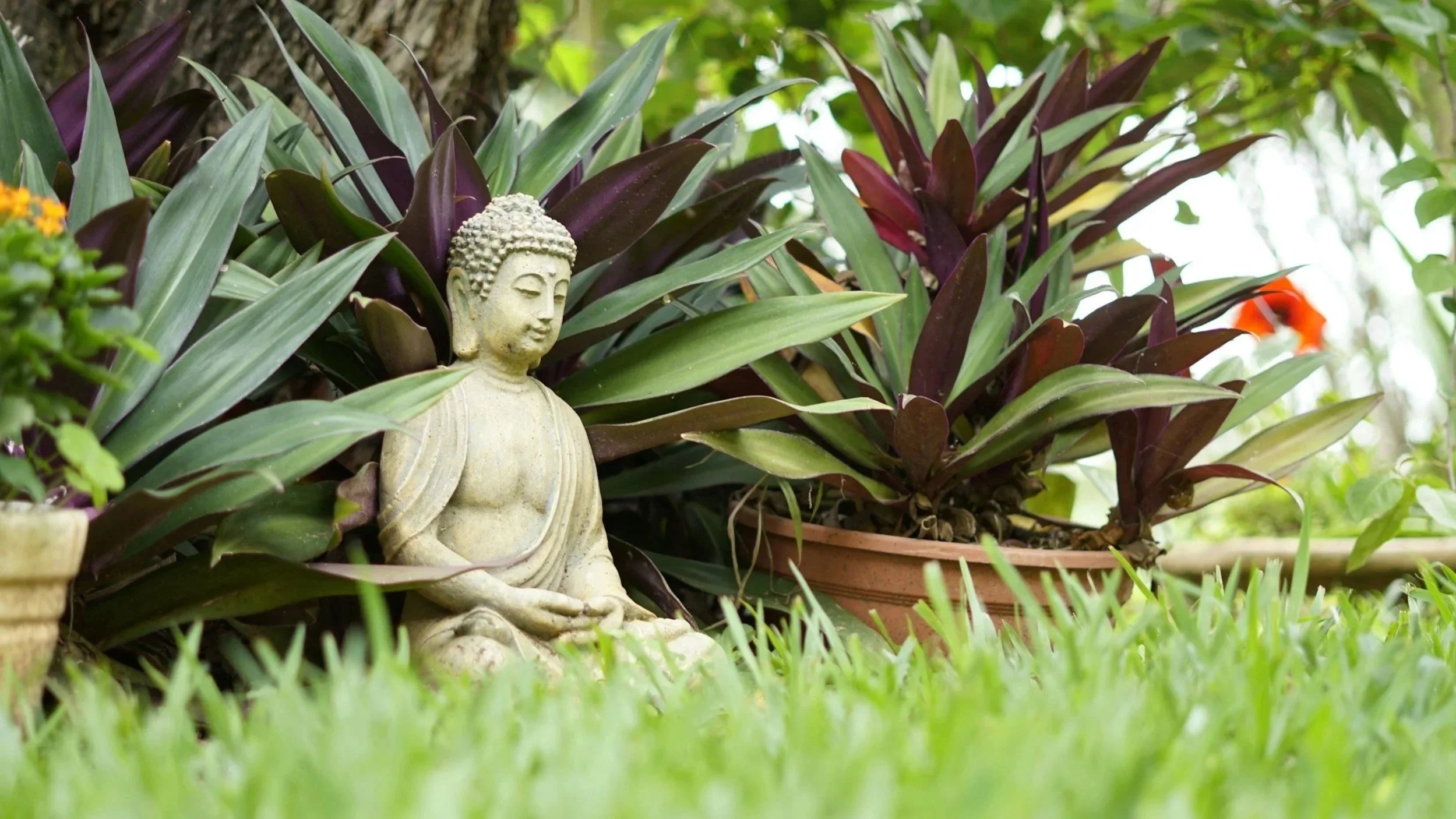The Art of Joyful Meditation
When you think of meditation, “accessible” probably isn’t the first word that comes to mind. But if you’re anxious and neurodivergent like me, having the ability to sit still and quiet with a clear mind for more than 10 seconds is almost unthinkable. In a world that demands our constant attention, taking the time to meditate might feel more like a chore than an act of self-care.
A one-size-fits-all approach is almost never helpful, and the same can be said about meditation. What if we took the guardrails off and started thinking differently about meditation? What if we started viewing it as a tool for bringing joy back into our lives, rather than using it as a way to counteract our busy minds?
Practicing meditation is exactly that: a practice. You might find yourself in a long period of trial and error before you find what feels good for your system.
There are ways to implement meditation that don’t involve sitting completely still and clearing your mind. What this really comes down to is finding ways to fit meditation into your life in a way that honors your current circumstances.
Through a long period of trial and error, I’ve found some less-common approaches to meditation that have supported me through the seemingly endless chaos of my life. This is by no means an exhaustive list, but I hope you find it to be a refreshing take on what we might think of as a rigid practice.
Movement
Incorporating movement is one of my favorite ways to practice meditation. Walking, stretching, dancing?—yes, yes, yes. If you’re a runner, you might already experience “runner’s high,” which can actually be a form of meditation too. But maybe you’re like me (definitely not a runner), and smaller movements do the trick. Lately, stretching before bed has been my absolute favorite way to wind down from a busy day.
Music
I highly recommend making your own meditation playlist. Sometimes that spa music vibe just isn’t it, and that’s okay! The most important part is to find music that speaks to you and gives you room to connect with your mind and your body. As a strong believer in the healing powers of sound, I love listening to solfeggio healing frequencies. Other times, I find myself listening to upbeat songs, such as Love by FACESOUL or I Am Woman By Emmy Meli.
Mindfulness
One of the easiest ways to meditate is by incorporating something you already do with the principle of mindfulness. The American Psychological Association defines mindfulness as an “awareness of one’s internal states and surroundings.” In other words, lock in and pay attention. What do you hear? Taste? Smell? See? Feel? Really think about it.
Here are some ideas of activities that you can easily incorporate mindfulness into:
Drinking coffee or tea
Watching a comfort movie or show
Doing the dishes (I didn’t say it had to be a fun activity)
Making art
Doing a puzzle
Eating a meal or snack
Commuting to work
Organizing a small area (or a big area—it’s your prerogative)
Watering plants
Folding laundry
Doing your skincare routine
The list is practically endless. Incorporating mindfulness into something you already do on a regular basis is also great for those of us who are low on alone time to practice more traditional forms of meditation.
Take Off the Pressure
In the past, expectation is something that has consistently compromised my meditation practice. Thinking that meditation needs to look or feel a certain way ultimately sets us up for disappointment.
Sometimes, I walk away from a meditation feeling refreshed, and other times I feel pretty much the same as when I started. The point of meditation isn’t always to bring us feelings of inner-peace. Sometimes, it’s just about showing up for ourselves in a way that brings us joy.
🌿With care in mind: This piece is meant to share knowledge and spark reflection, rather than provide medical advice, treatment, or diagnosis. If you’re needing extra support, we encourage you to connect with a trusted medical or mental health professional🌿

